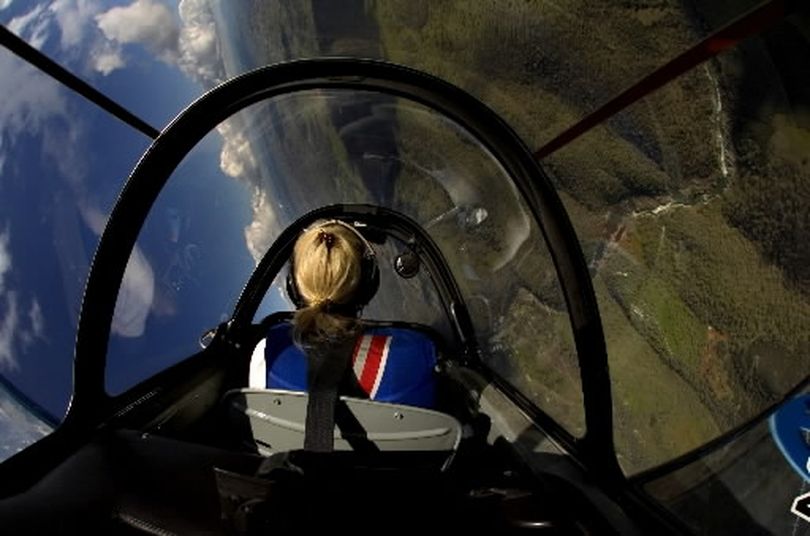NYT: What It’s Really Like to Be an Airline Pilot

My first job out of high school was for United Express, a small carrier for United operating out of my small hometown. I checked people in, did security, guided the planes to a stop with orange batons, loaded and unloaded the baggage and everything else airline workers do in one-horse towns.
It was a great job for anyone of any age, but especially for an 18-year-old kid who wasn't ready for college but wanted to earn some money, who didn't want to join the military but had a penchant for wearing a uniform.
It was then that I realized I wanted to be a pilot.
Sadly, I haven't fulfilled that ambition, but Mark Vanhoenacker makes me feel some of the joy of piloting an aircraft in his writing. He's a British Airways pilot and his way with words and subject matter, of course, remind me of Antoine de Saint-Exupéry. Not so much The Little Prince, but of Night Flight.
Unlike de Saint-Exupéry, Vanhoenacker is still writing, and he's just come out with a new book, Skyfaring: A Journey With a Pilot.
Go buy the book.
But if you're not in a place to do that immediately, read this Q&A he did with the New York Times this weekend. In it, Vanhoenacker talks about "place lag," the tight quarters of a flight deck, landing in dodgy weather with 200 feet of plane behind you, the pre-flight pilot walk-around and this fantastic train of thought on what a day and sunset really mean:
When you fly from London to Tokyo, you go into the Arctic and it’s a night flight. You leave London in the afternoon and you get to Tokyo in the morning. So it’s a night flight. But the sun never goes down because in those higher latitudes it doesn’t go down at all during the summer. So you fly into that area where it’s continuous sunlight, and by the time you’re flying out of that area, it’s morning where you are. But sometimes you turn south a bit and the sun will set. Then when you climb, you get higher — just a few thousand feet can make the sun rise again because you’re still getting that higher vantage point over the top of the Earth. And so, you can get three or four in the flight. It really makes you question what exactly is a day. It’s sunrise to sunset, or is it?
